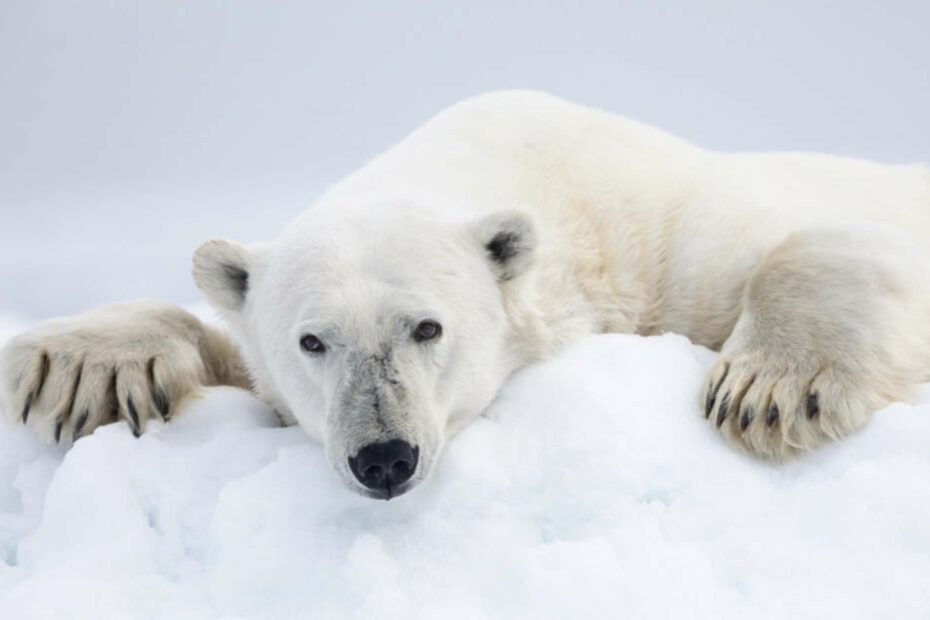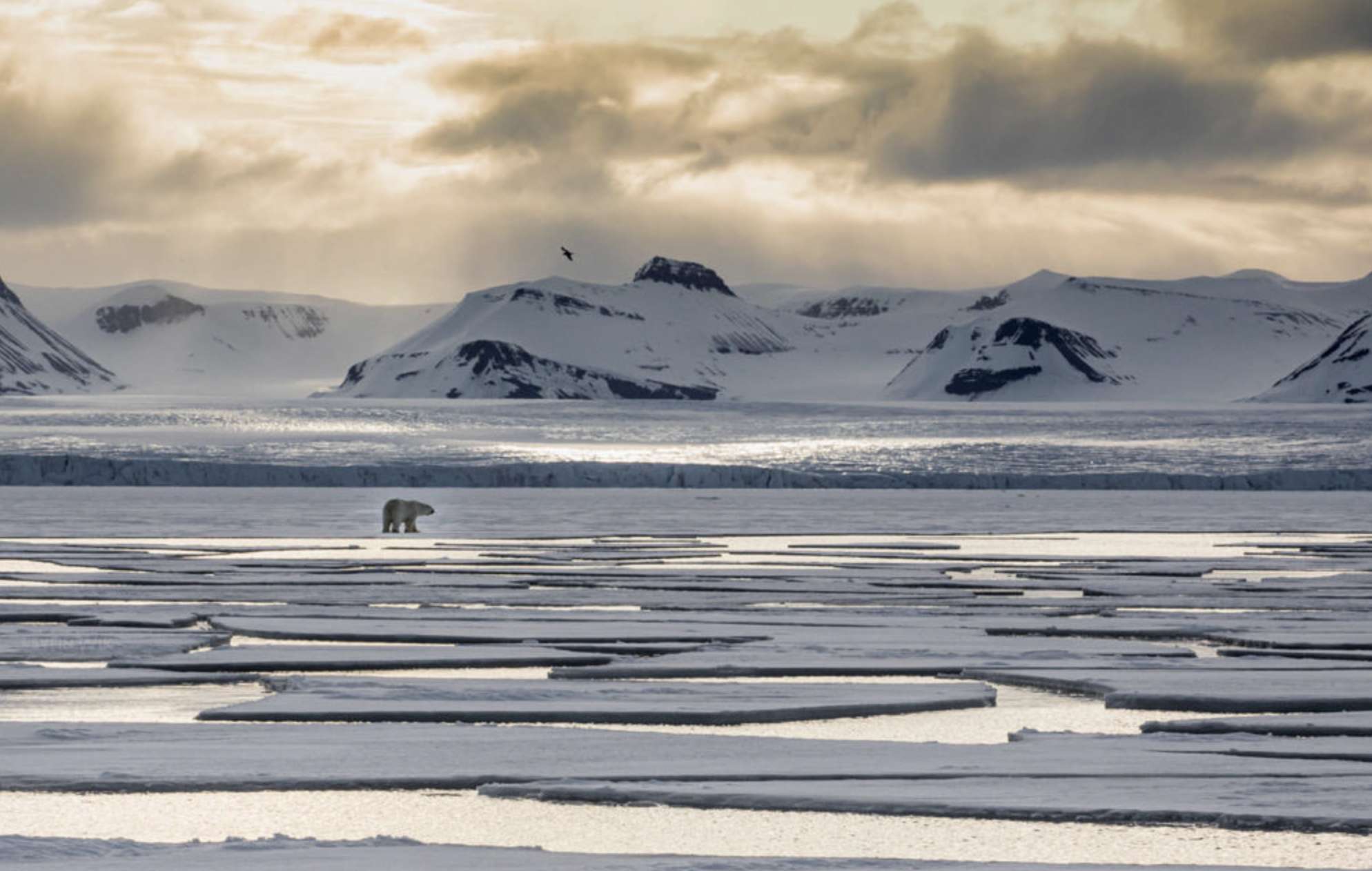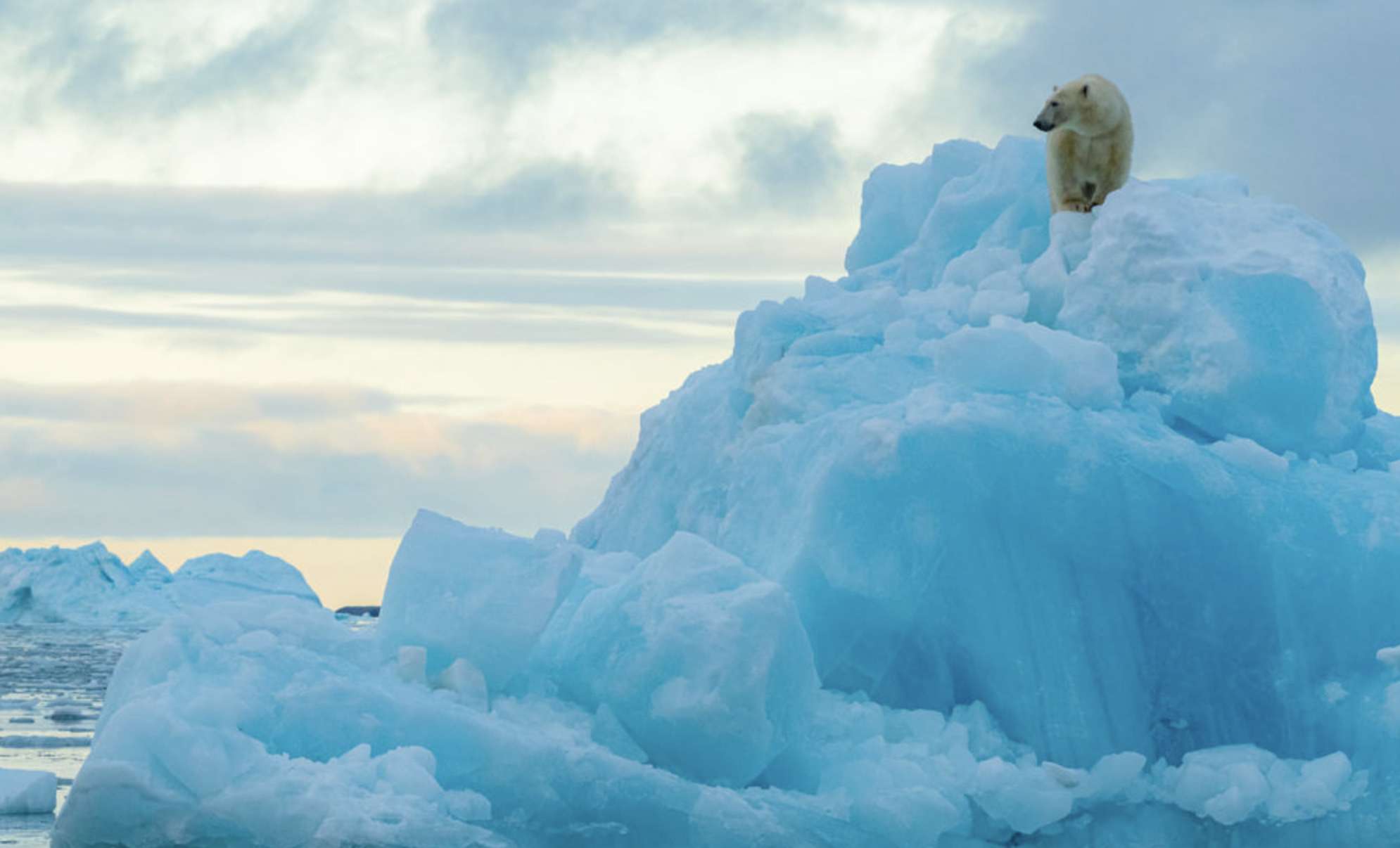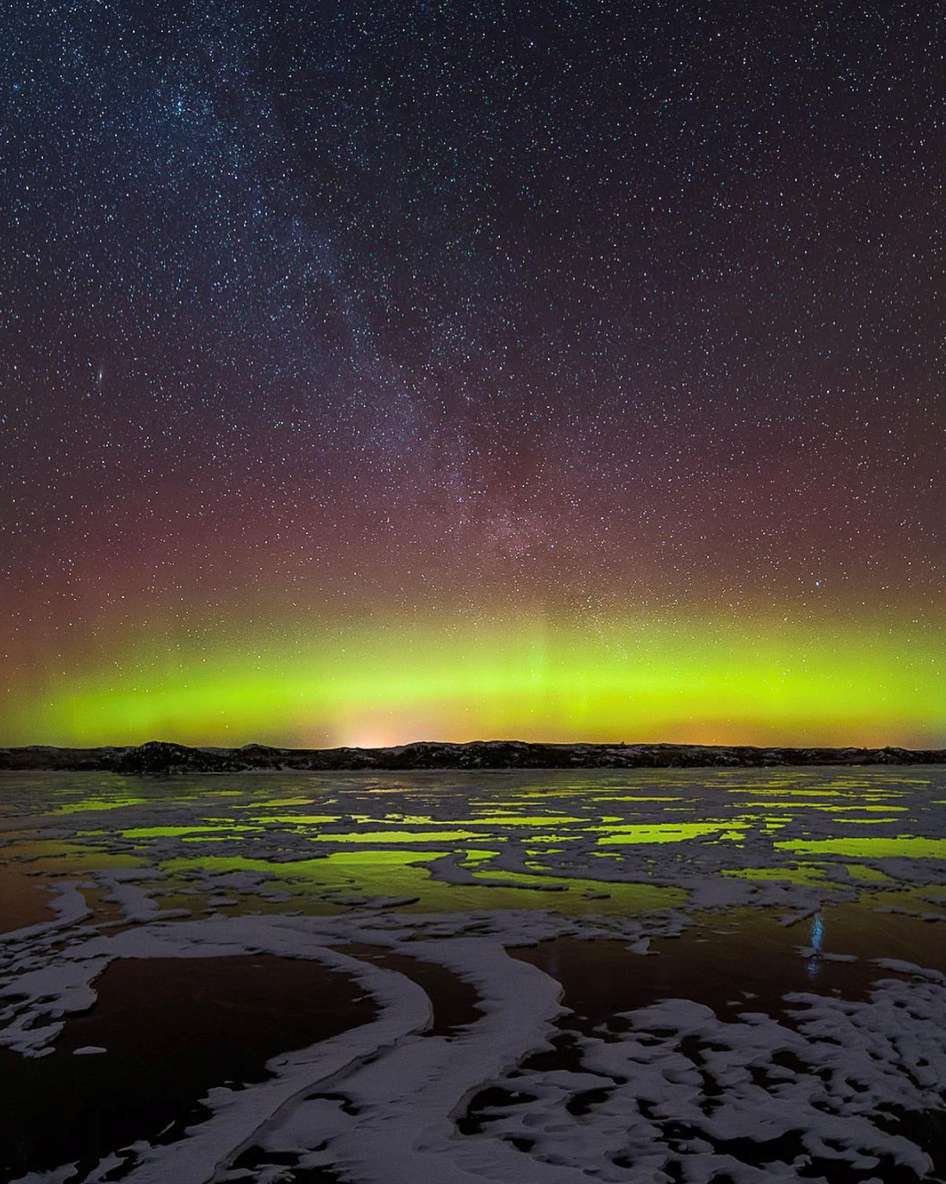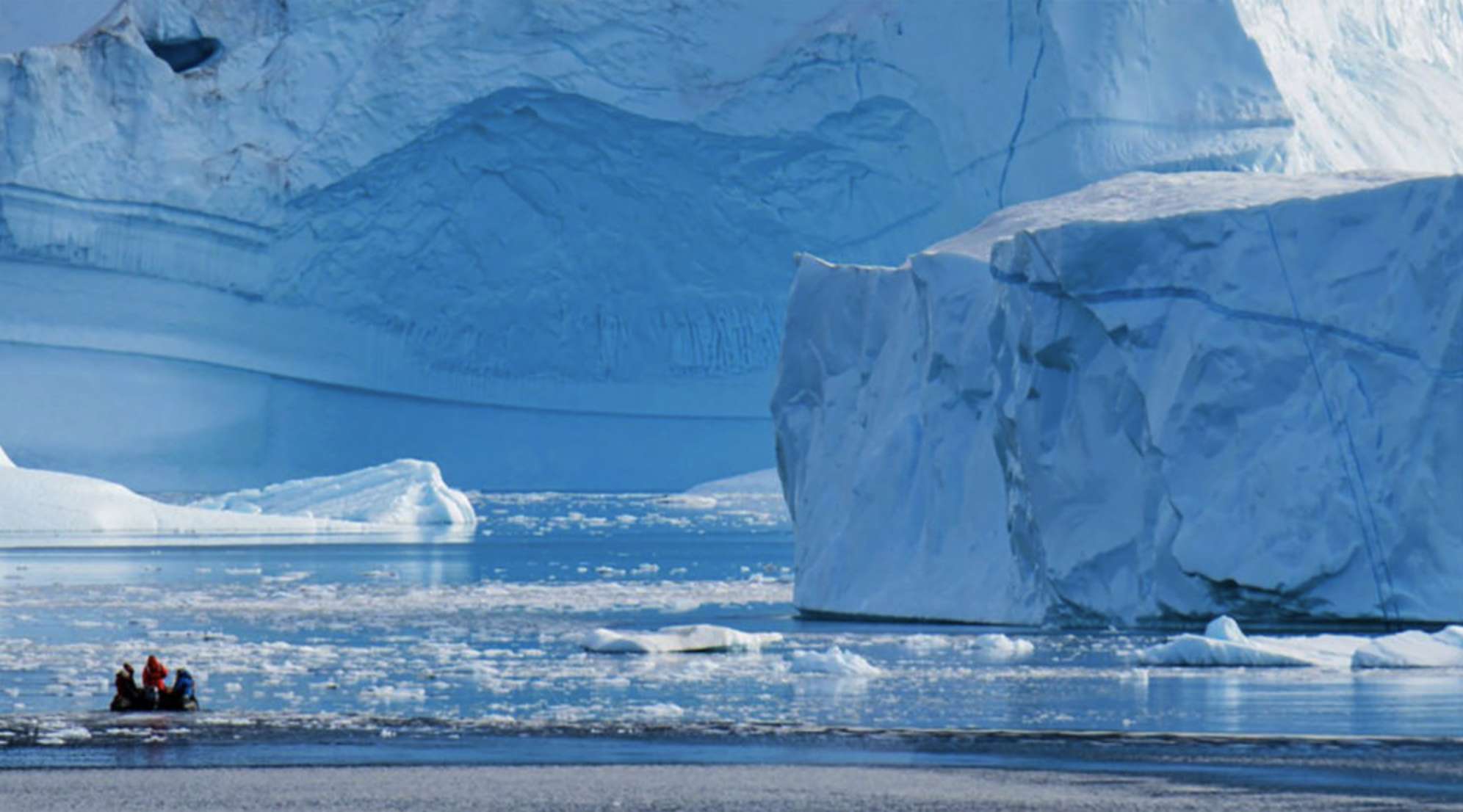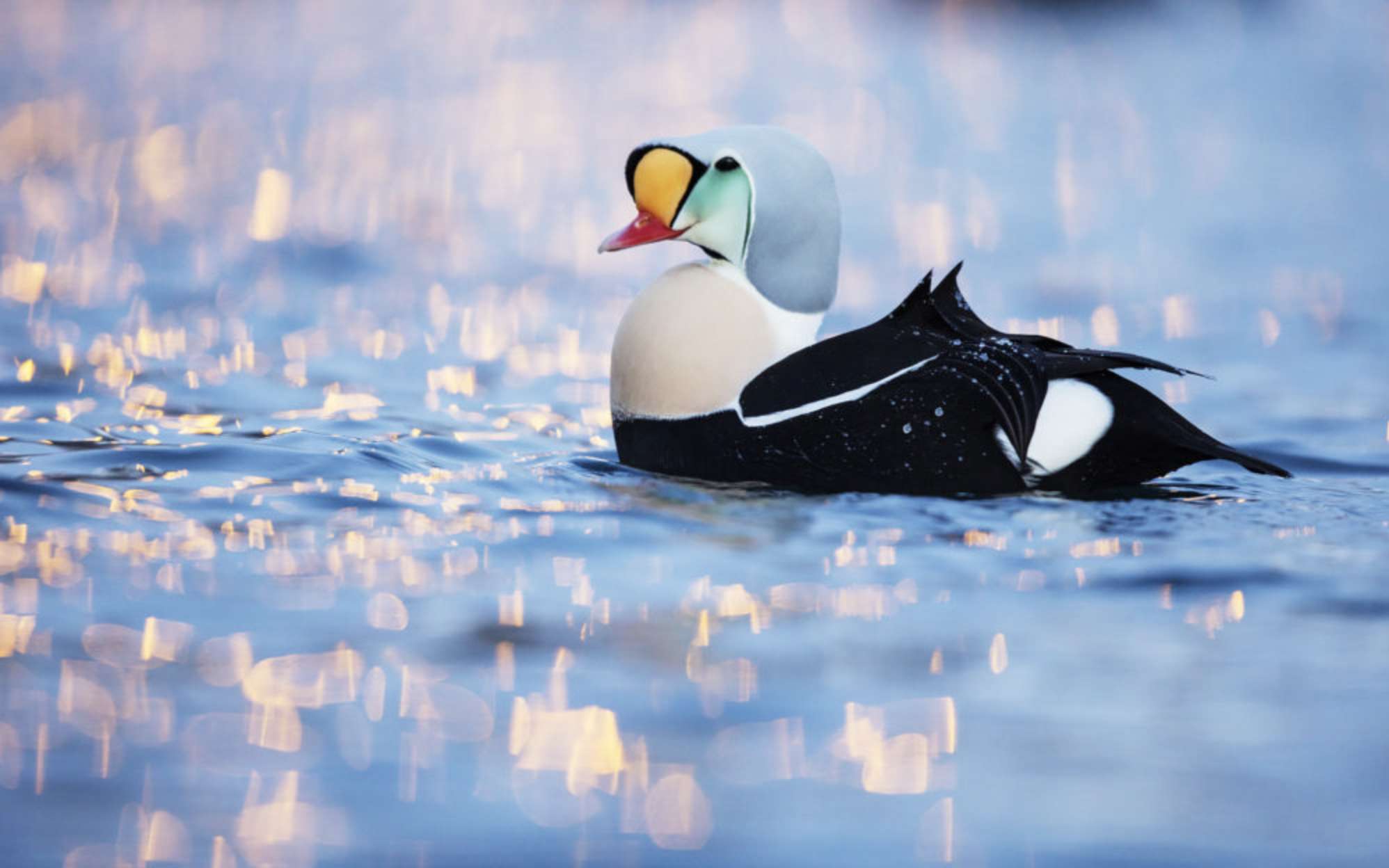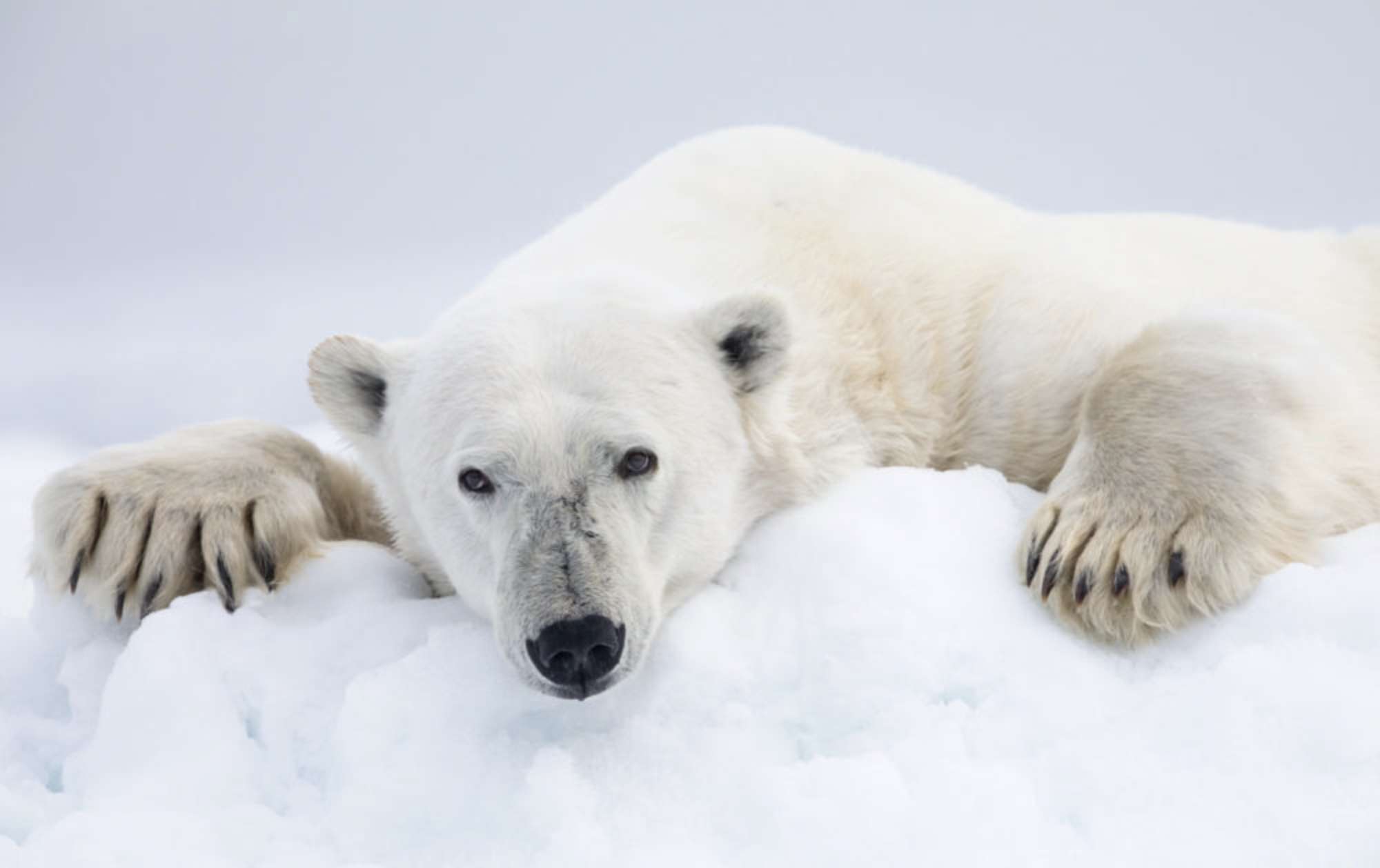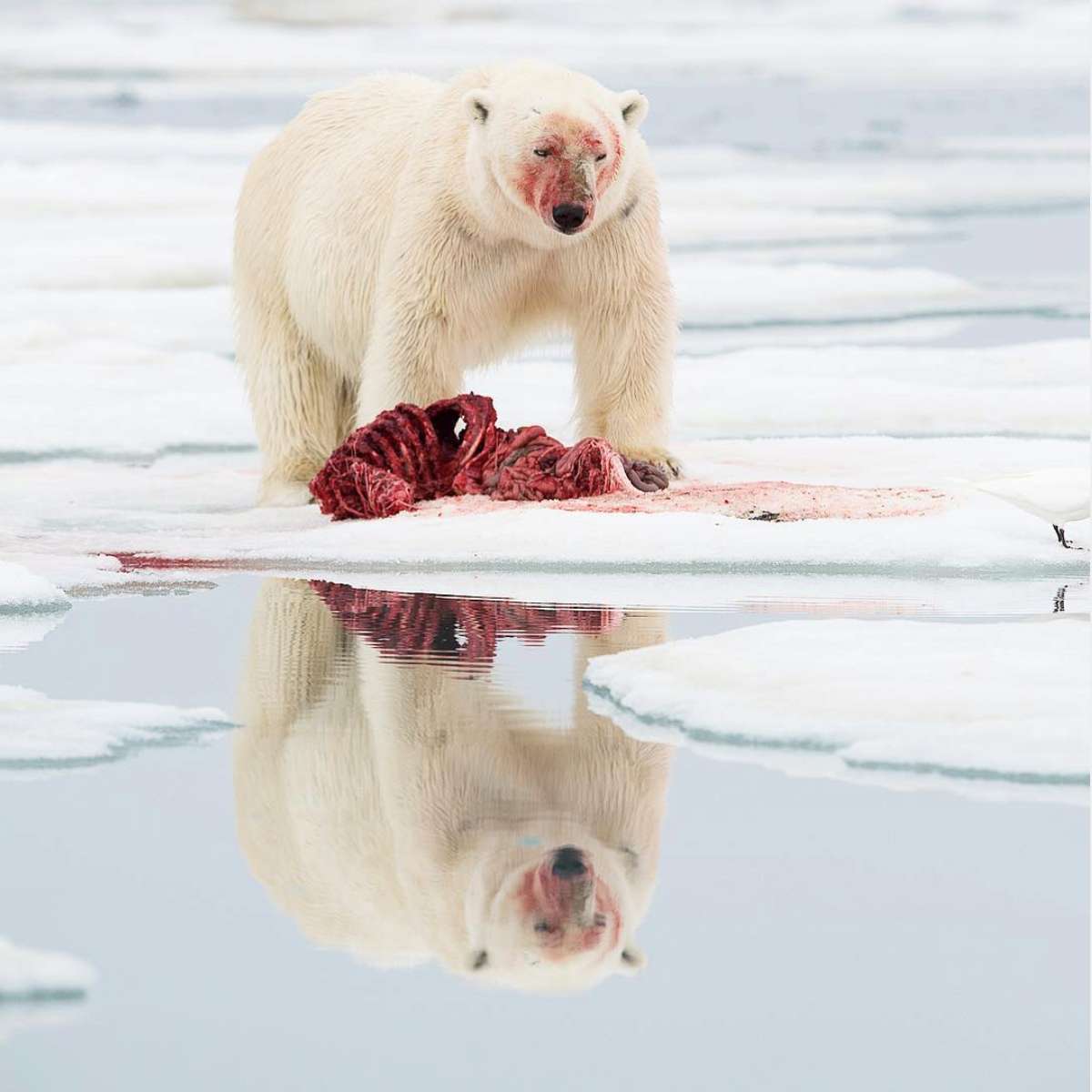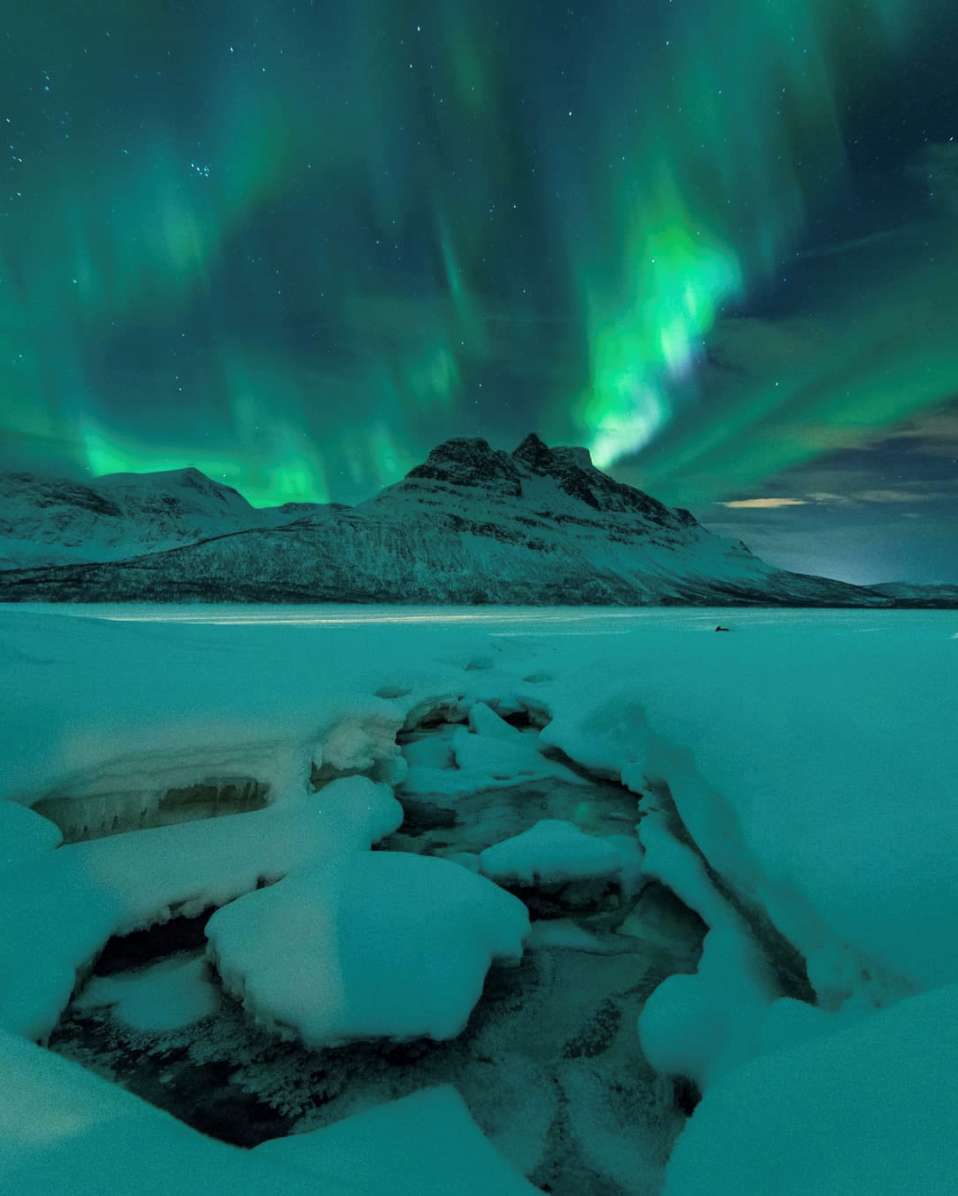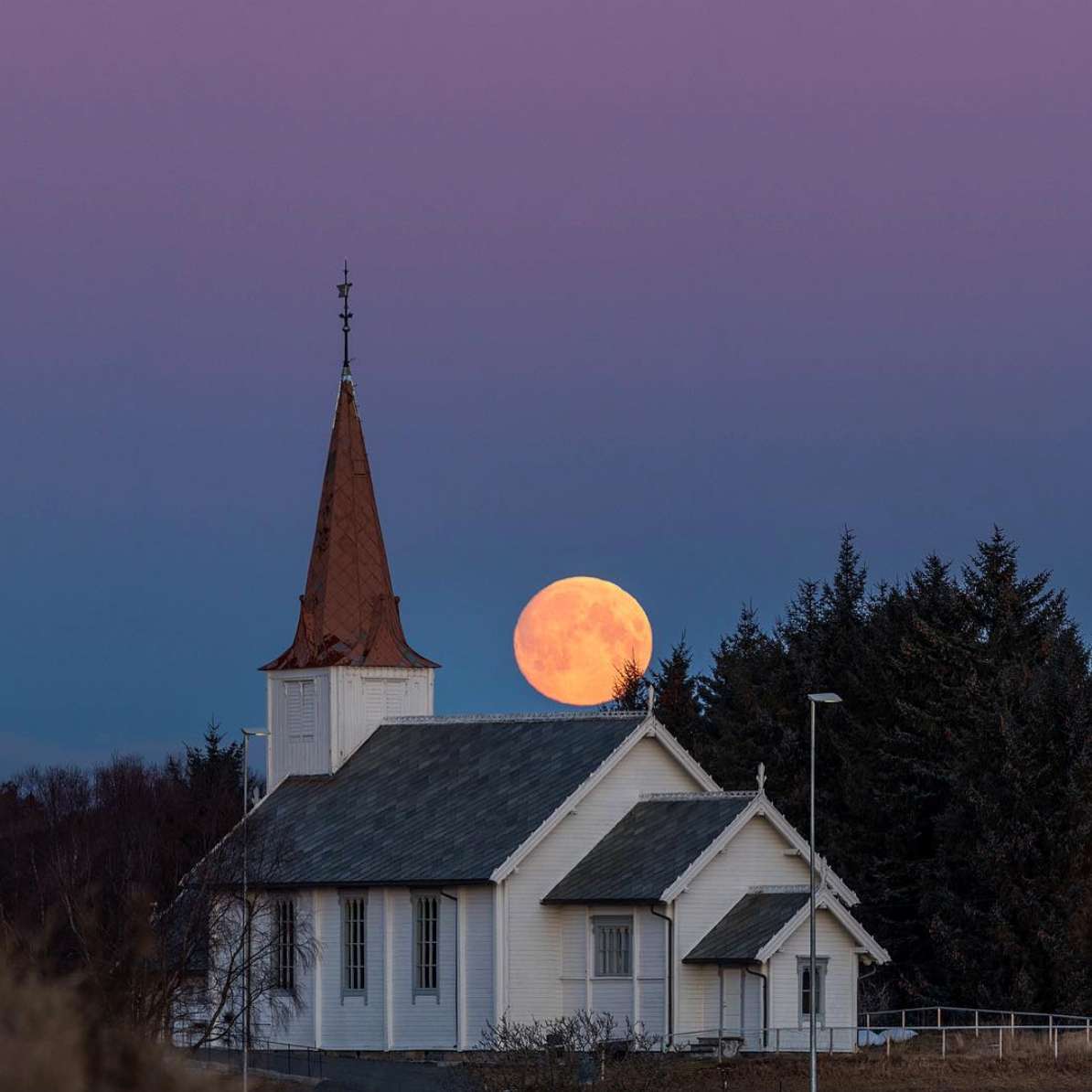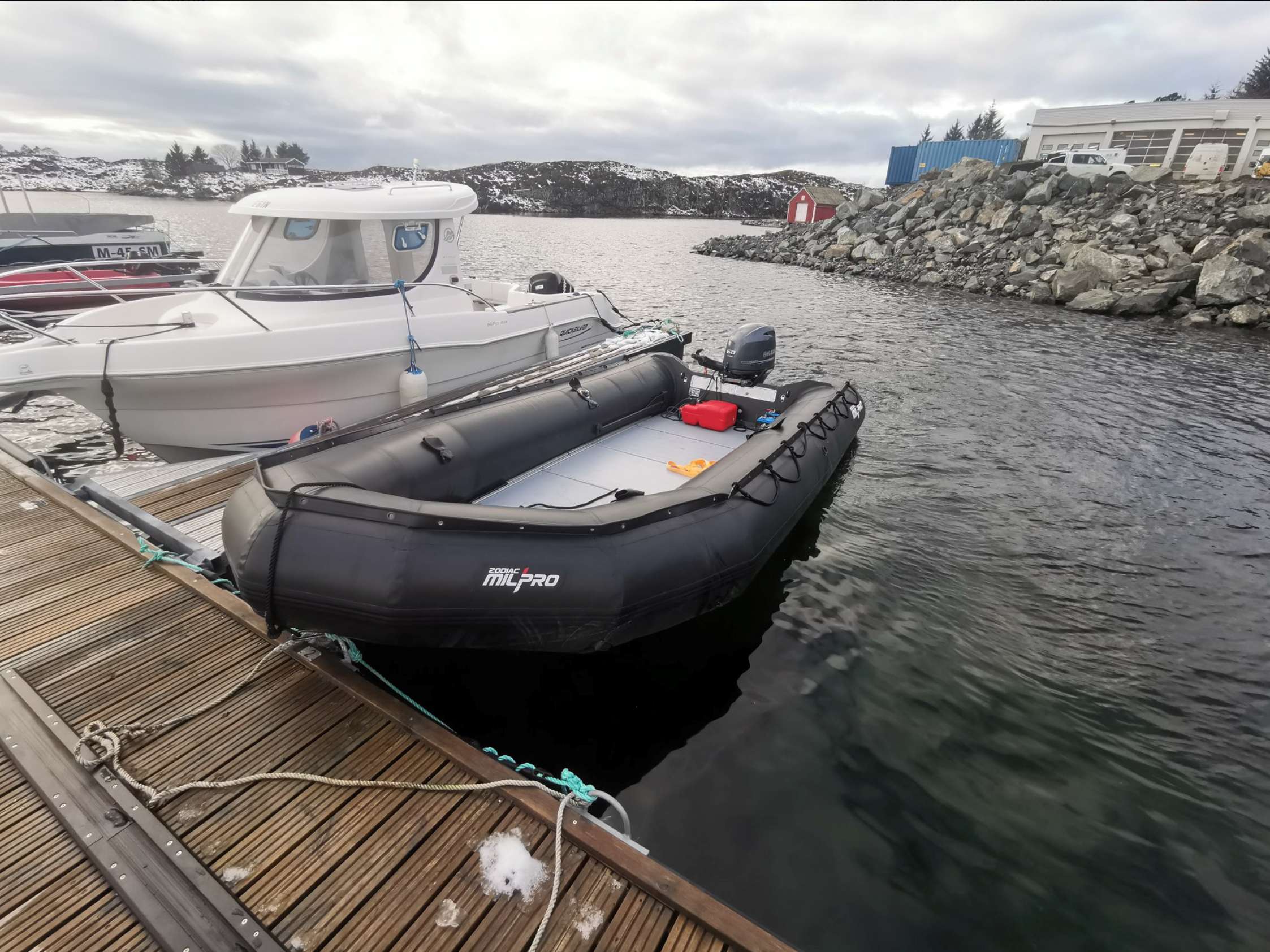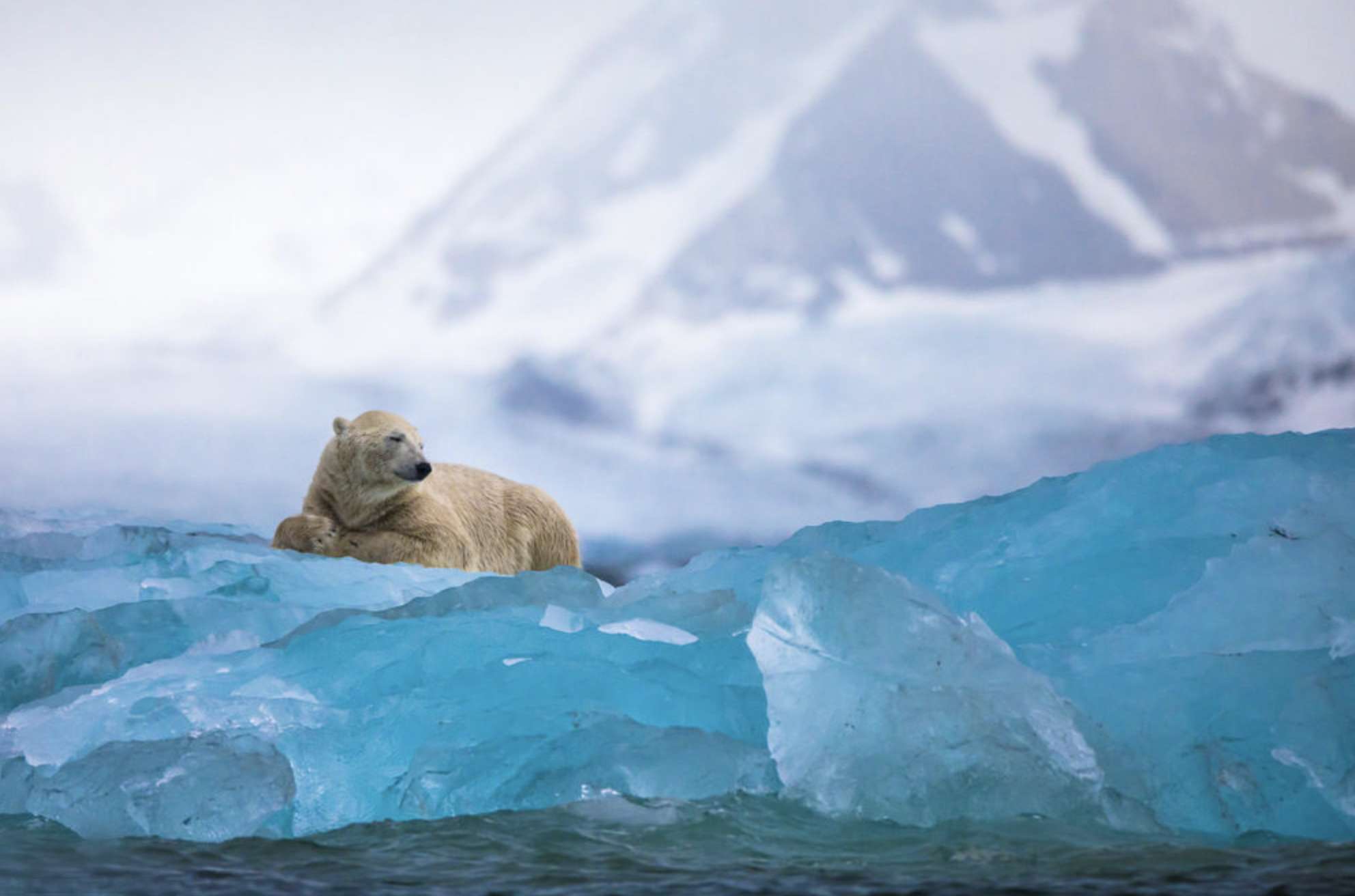
Introduction
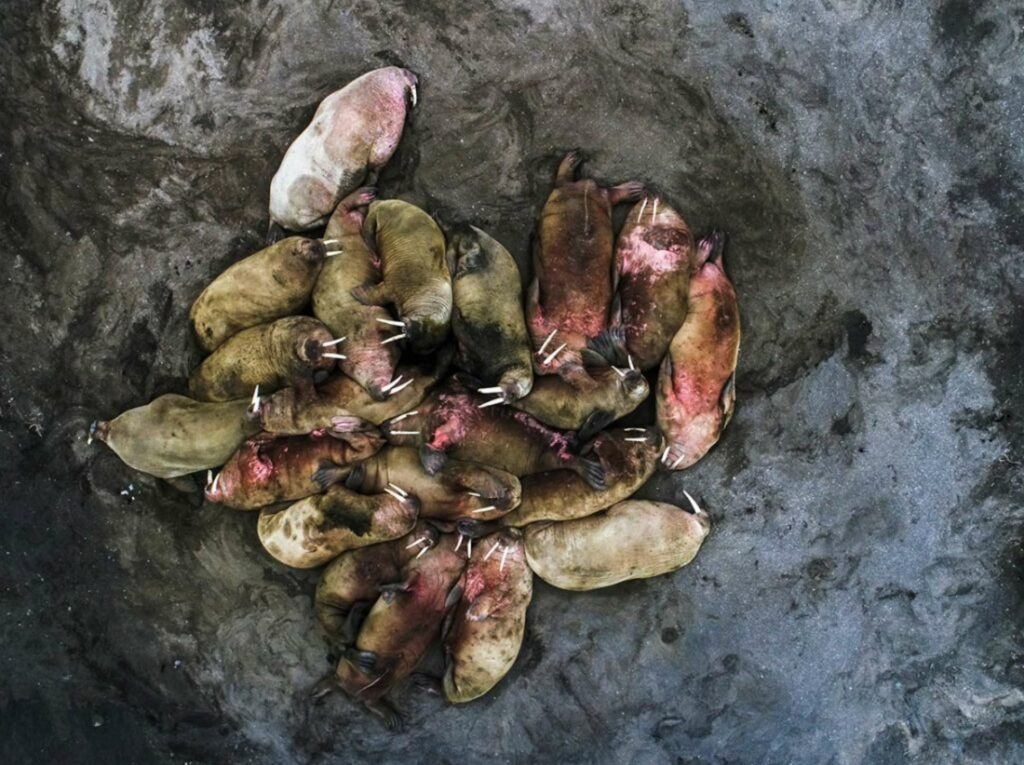
Svalbard is the Norwegian archipelago between mainland Norway and the North Pole. It was discovered by Willem Barentsz in 1596 and is approximately 600 miles (965 kilometres) from the North Pole and 400 miles (644 kilometres) north of Norway. With a land area of 24,721 mi² or 39,784 km² and with 60% of the land covered in ice, Svalbard is considered the largest wilderness area in Europe. Spread across four settlements (Longyearbyen being the largest), it has a population of 2,600.
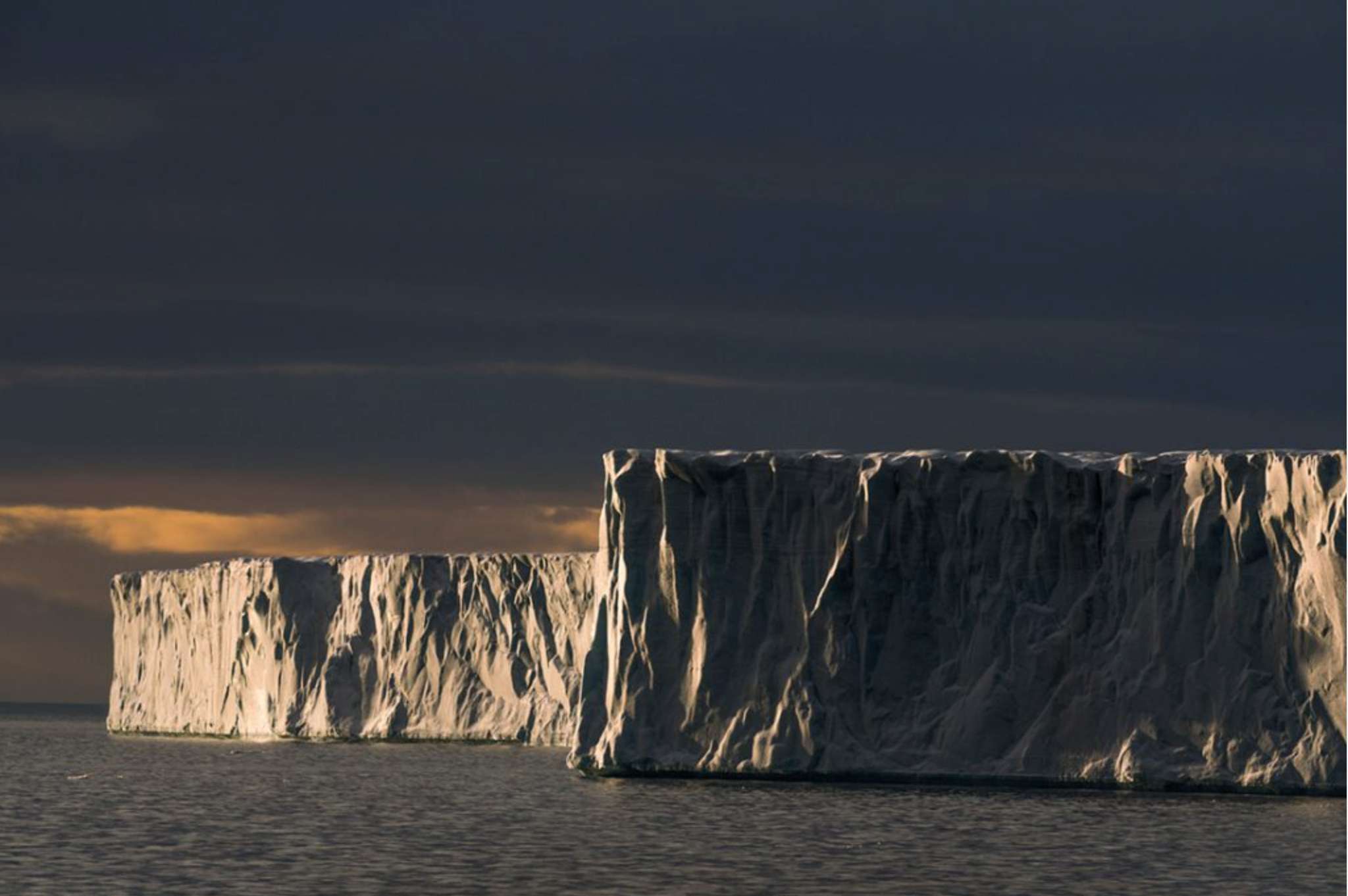
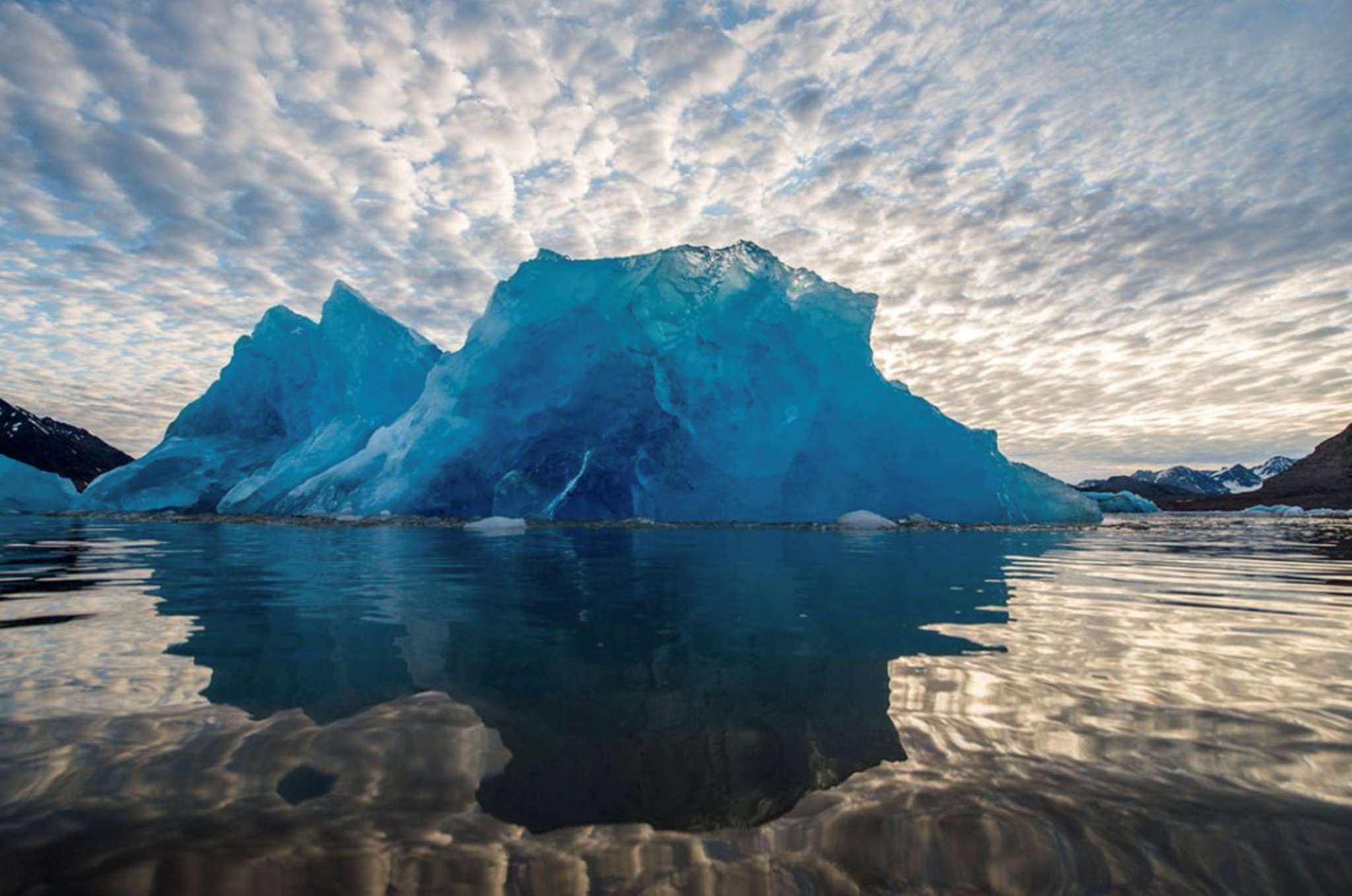
Expedition mode begins as soon as we depart Longyearbyen – your Expedition Leader and Captain will determine the route based on wildlife, weather, and ice conditions.Our Private Ship is an excellent platform for photographing the stunning scenery as we sail towards the pack ice in search of seabirds, seals, whales, and, of course, the King of the Arctic… the polar bear.
Join your Expedition Guides on Zodiac cruises and on shore landings to explore, view wildlife and visit historic sites. With a maximum group size of 12 guests, we can mobilize quickly and easily take advantage of any wildlife-viewing opportunities that present themselves ashore or in the Zodiacs. This enables us to easily maximize your Svalbard experience!
About Our Ship
Explore the archipelago of Svalbard where we will have time to wait for the wildlife. A trip of a lifetime that will bring you memories and wildlife meetings not many people get to experience. Our expedition ship is the perfect platform to enjoy a vacation that will be on the go in an environment that might be the most relaxing of them all.
Day 1
LONGYEARBYEN
Meet your dedicated expedition team and crew at the dock in Longyearbyen at 16:00, where you will embark your cruise and make yourself at home. After you are settled in your cabin, we will conduct the mandatory safety briefing before we sail out from Adventfjorden into Isfjorden. Enjoy the open decks before a group welcome dinner is served in the dining room. Your adventure has just begun!
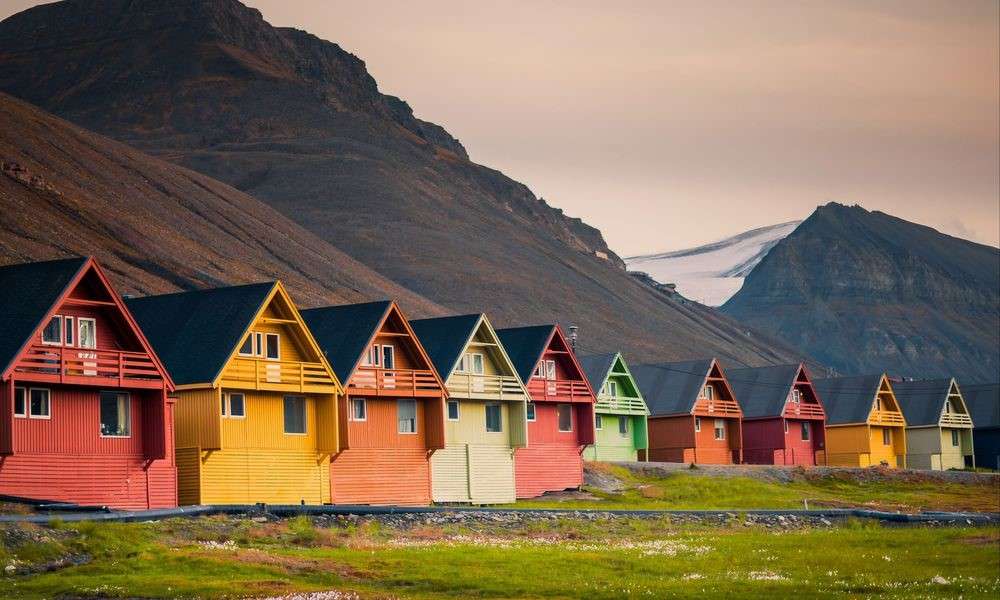
Day 2-10
EXPLORE THE ARCHIPELAGO
We will be in full expedition mode, exploring the archipelago and taking advantage of all that Svalbard has to offer. Weather and ice conditions will determine the route and your Expedition Leader will keep you updated on the plan throughout your days onboard. On the final day we return to Longyearbyen to celebrate our shared adventures and dock for the night.
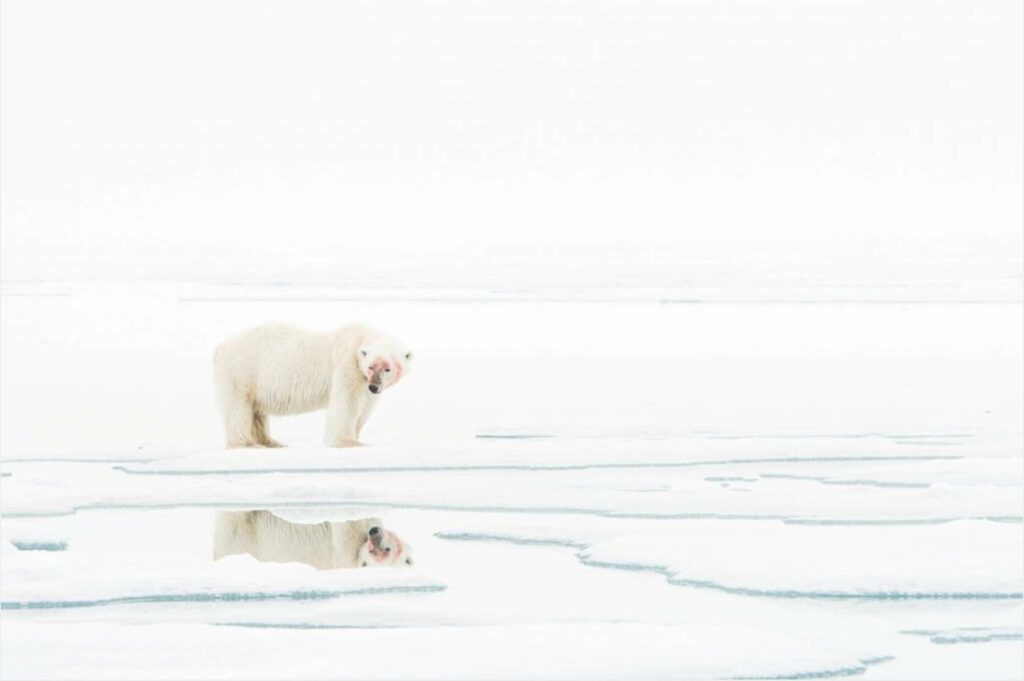
Adventfjorden: As we leave Longyearbyen we will travel through Isfjorden and explore a side fjord before sailing north during the night.
Northwest Corner: Sail through the northwest corner of Spitsbergen, named after its sharp mountain peaks, and explore with Zodiacs and landings.
Seven Islands: The northern most land mass in Svalbard which is an exciting group of islands that never disappoints. Close to the pack ice, they serve as a gateway for wildlife living in the ice.
Explore the Pack Ice: Sail towards the North Pole pack ice and search for wildlife. Depending on the ice we will explore into it or follow the ice edge and find that perfect spot for a polar plunge!
White Island: The most easterly island on Svalbard is White island. An ice cap covers most of the island and the few exposed places are home to polar bears and walrus. We hope to Zodiac cruise this amazing island that became the last resting place of the Swedish explorer Salomon August Andrée who tried to cross the North Pole in a hydrogen balloon.
Bråsvellbreen & Hinlopen Strait: Sail along the ice wall of the third largest ice cap in the world hoping to get close to the famous Bråsvellbreen with its majestic waterfalls. We continue into Hinlopen Strait that separates the west island from the North Austland. Hinlopen offers beautiful hiking and Zodiac cruising affording you endless opportunities.
Liefdefjorden: We will explore deep into the fjord of love and might reach the mighty Monaco glacier. The side fjords and small groups of islands offers a perfect stop for a hike or a Zodiac cruise that will impress even the most experienced adventurer.
Raudfjorden & Magdalenafjorden: On our way west the stunning Raudfjorden might be a good place for an outing. Beaches and glaciers make up for a perfect scenary in our continuous search for wildlife. One of the most scenic fjords is Magdalenafjorden, where walrus often inhabit in the small bays.
Kongsfjorden: Known as the Kings fjord, any visitor will soon know why. At the end the mighty Kings glacier stands, next to is the mountain peaks known as the tree crowns (Svea, Nora and Dana) considered by many as some of the most beautiful of mountain peaks. Kongs fjord offer beautiful hiking in lush terrain where we might come across reindeer, ptarmigan or the arctic fox.
Isfjorden: Explore some of Isfjordens many side fjords. A fjord delta that despite it’s the closest to human civilization in Svalbard it is home to great wildlife. The warm waters of the Gulf stream make the vegetation lush and we will spend the day Zodiac cruising the glacier fronts, hike the hills that are old ocean floors known to be one of the most dense dinosaur fossil ground in the world.
Day 11
LONGYEARBYEN
Enjoy a final breakfast together as we arrive to Longyearbyen, our final destination where we bid you farewell for disembarkation.
All guests are required to carry a valid passport, and some nationalities require a visa in advance. Please check visa and immigration requirements for the countries you will be visiting.
We recommend you to carry personal travel insurance. Due to the remote areas we travel to, it is important that adequate emergency evacuation coverage is included.
We can help who want First class, Business Class, VIP travel, whole film crews, special requests, dietary requirements, private air charter airport assistance… and lots more.
Our two Zodiacs, equipped with new eco-friendly outboard engines with low-noise and low-emissions standards, serve as the perfect platform to get close to wildlife. Expedition guides and crew will assist you getting in and out of them. Don’t worry if this is new for you… it will all be covered in the mandatory safety briefing before departure! All guests are required to wear waterproof outer gear and knee-high waterproof boots in our Zodiac,s as you will be required to step into a few inches of water on landings. Some sea spray can be expected in the Zodiac during cruises and on landings, depending on weather and sea conditions.
ANSERIFORMES: Anatidae | |
Bar-headed Goose | |
Graylag Goose | |
Greater White-fronted Goose | |
Pink-footed Goose | |
Brant | |
Barnacle Goose | |
Canada Goose | |
Tundra Swan | |
Whooper Swan | |
Ruddy Shelduck | |
Common Shelduck | |
Garganey | |
Blue-winged Teal | |
Northern Shoveler | |
Gadwall | |
Eurasian Wigeon | |
Mallard | |
Northern Pintail | |
Green-winged Teal | |
Tufted Duck | |
Greater Scaup | |
Steller’s Eider | |
Spectacled Eider | |
King Eider | |
Common Eider | |
Harlequin Duck | |
Velvet Scoter | |
Common Scoter | |
Long-tailed Duck | |
Common Goldeneye | |
Barrow’s Goldeneye | |
Common Merganser | |
Red-breasted Merganser | |
GALLIFORMES: Phasianidae | |
Willow Ptarmigan | |
Rock Ptarmigan | |
PODICIPEDIFORMES: Podicipedidae | |
Horned Grebe | |
Red-necked Grebe | |
COLUMBIFORMES: Columbidae | |
Common Wood-Pigeon | |
European Turtle-Dove | |
Eurasian Collared-Dove | |
CUCULIFORMES: Cuculidae | |
Common Cuckoo | |
CAPRIMULGIFORMES: Apodidae | |
White-throated Needletail | |
Alpine Swift | |
Common Swift | |
Pallid Swift | |
GRUIFORMES: Rallidae | |
Water Rail | |
Eurasian Moorhen | |
Eurasian Coot | |
GRUIFORMES: Gruidae | |
Common Crane | |
CHARADRIIFORMES: Burhinidae | |
Eurasian Thick-knee | |
CHARADRIIFORMES: Haematopodidae | |
Eurasian Oystercatcher | |
CHARADRIIFORMES: Charadriidae | |
Black-bellied Plover | |
European Golden-Plover | |
American Golden-Plover | |
Pacific Golden-Plover | |
Northern Lapwing | |
Lesser Sand-Plover | |
Common Ringed Plover | |
Eurasian Dotterel | |
CHARADRIIFORMES: Scolopacidae | |
Whimbrel | |
Eurasian Curlew | |
Bar-tailed Godwit | |
Black-tailed Godwit | |
Ruddy Turnstone | |
Red Knot | |
Ruff | |
Broad-billed Sandpiper | |
Sharp-tailed Sandpiper | |
Stilt Sandpiper | |
Curlew Sandpiper | |
Temminck’s Stint | |
Long-toed Stint | |
Sanderling | |
Dunlin | |
Purple Sandpiper | |
Little Stint | |
White-rumped Sandpiper | |
Buff-breasted Sandpiper | |
Pectoral Sandpiper | |
Long-billed Dowitcher | |
Jack Snipe | |
Eurasian Woodcock | |
Great Snipe | |
Common Snipe | |
Red-necked Phalarope | |
Red Phalarope | |
Spotted Sandpiper | |
Green Sandpiper | |
Solitary Sandpiper | |
Spotted Redshank | |
Lesser Yellowlegs | |
Common Redshank | |
CHARADRIIFORMES: Stercorariidae | |
Great Skua | |
Pomarine Jaeger | |
Parasitic Jaeger | |
Long-tailed Jaeger | |
CHARADRIIFORMES: Alcidae | |
Dovekie | |
Common Murre | |
Thick-billed Murre | |
Razorbill | |
Black Guillemot | |
Atlantic Puffin | |
Tufted Puffin | |
CHARADRIIFORMES: Laridae | |
Black-legged Kittiwake | |
Ivory Gull | |
Sabine’s Gull | |
Bonaparte’s Gull | |
Black-headed Gull | |
Little Gull | |
Ross’s Gull | |
Laughing Gull | |
Franklin’s Gull | |
Mew Gull | |
Ring-billed Gull | |
Herring Gull | |
Iceland Gull | |
Lesser Black-backed Gull | |
Glaucous Gull | |
Great Black-backed Gull | |
Common Tern | |
Arctic Tern | |
Sandwich Tern | |
GAVIIFORMES: Gaviidae | |
Red-throated Loon | |
Arctic Loon | |
Pacific Loon | |
Common Loon | |
Yellow-billed Loon | |
PROCELLARIIFORMES: Diomedeidae | |
Black-browed Albatross | |
PROCELLARIIFORMES: Oceanitidae | |
Wilson’s Storm-Petrel | |
PROCELLARIIFORMES: Hydrobatidae | |
European Storm-Petrel | |
PROCELLARIIFORMES: Procellariidae | |
Northern Fulmar | |
Sooty Shearwater | |
SULIFORMES: Sulidae | |
Northern Gannet | |
PELECANIFORMES: Ardeidae | |
Gray Heron | |
Great Egret | |
Cattle Egret | |
Squacco Heron | |
Black-crowned Night-Heron | |
ACCIPITRIFORMES: Accipitridae | |
Egyptian Vulture | |
Hen Harrier | |
White-tailed Eagle | |
Rough-legged Hawk | |
STRIGIFORMES: Tytonidae | |
Barn Owl | |
STRIGIFORMES: Strigidae | |
Snowy Owl | |
Long-eared Owl | |
Short-eared Owl | |
BUCEROTIFORMES: Upupidae | |
Eurasian Hoopoe | |
CORACIIFORMES: Coraciidae | |
European Roller | |
FALCONIFORMES: Falconidae | |
Lesser Kestrel | |
Eurasian Kestrel | |
Merlin | |
Gyrfalcon | |
Peregrine Falcon | |
PASSERIFORMES: Laniidae | |
Great Gray Shrike | |
Woodchat Shrike | |
PASSERIFORMES: Corvidae | |
Carrion Crow | |
Hooded Crow | |
Common Raven | |
PASSERIFORMES: Paridae | |
Great Tit | |
PASSERIFORMES: Alaudidae | |
Horned Lark | |
Eurasian Skylark | |
PASSERIFORMES: Acrocephalidae | |
Booted Warbler | |
Aquatic Warbler | |
Sedge Warbler | |
Paddyfield Warbler | |
PASSERIFORMES: Locustellidae | |
Pallas’s Grasshopper-Warbler | |
Lanceolated Warbler | |
River Warbler | |
PASSERIFORMES: Hirundinidae | |
Bank Swallow | |
Barn Swallow | |
Common House-Martin | |
PASSERIFORMES: Phylloscopidae | |
Hume’s Warbler | |
Radde’s Warbler | |
Dusky Warbler | |
Common Chiffchaff | |
PASSERIFORMES: Sylviidae | |
Eurasian Blackcap | |
Garden Warbler | |
Greater Whitethroat | |
PASSERIFORMES: Sturnidae | |
European Starling | |
PASSERIFORMES: Turdidae | |
Song Thrush | |
Redwing | |
Eurasian Blackbird | |
Eyebrowed Thrush | |
Fieldfare | |
Ring Ouzel | |
PASSERIFORMES: Muscicapidae | |
Spotted Flycatcher | |
European Robin | |
Bluethroat | |
Red-flanked Bluetail | |
Red-breasted Flycatcher | |
European Pied Flycatcher | |
Common Redstart | |
Whinchat | |
Northern Wheatear | |
Desert Wheatear | |
Pied Wheatear | |
PASSERIFORMES: Bombycillidae | |
Bohemian Waxwing | |
PASSERIFORMES: Prunellidae | |
Siberian Accentor | |
Dunnock | |
PASSERIFORMES: Motacillidae | |
Western Yellow Wagtail | |
White Wagtail | |
Blyth’s Pipit | |
Meadow Pipit | |
Tree Pipit | |
Olive-backed Pipit | |
Rock Pipit | |
American Pipit | |
PASSERIFORMES: Fringillidae | |
Brambling | |
Hawfinch | |
Twite | |
Common Redpoll | |
Lesser Redpoll | |
Hoary Redpoll | |
Red Crossbill | |
PASSERIFORMES: Calcariidae | |
Lapland Longspur | |
Snow Bunting | |
PASSERIFORMES: Emberizidae | |
Yellowhammer | |
Pine Bunting | |
Rustic Bunting |
Proper gear is essential for an enjoyable expedition.
A typical packing list of gear for a Svalbard landing would include:
THERMAL WEAR
- One full set of thermal or silk long underwear
- Three or four pairs of tall thick socks (wool) for wearing with rubber boots. Bring several pairs in case your feet get wet.
- T-shirts, polo shirts, jeans/pants and other casual clothes for layering and onboard the ship.
- Two or three warm, long-sleeved shirts for casual wear and layering (turtlenecks are a good option).
- Two or three wool or polar fleece sweaters in a combination of light and heavy (fleece is lighter and dries faster than wool).
- Two pairs of warm, comfortable pants (heavy cotton, wool or synthetic hiking style) to wear under your waterproof pants.
- A bathing suit (for a polar plunge!)
FOOTWEAR
- One pair of fully waterproof rubber boots with sturdy, high-traction soles. Bogs Zodiac Classic High Boots are a good choice, as they provide warmth, comfort and good traction. We stress the importance of completely waterproof knee-high boots for zodiac landings. Boots should have good traction as you are likely to encounter slick footing on ice and rough terrain. Comfort is important; if your boots are too heavy or bulky, your footing will be awkward.
- If you intend to do hiking, you may wish to bring a pair of waterproof hiking boots. Leather or Gore-Tex are good choices.
OUTERWEAR
- One waterproof parka/shell jacket for rainy or windy weather. You will be wearing this on all landings, so do not skimp on quality!
- One pair of waterproof (Gore-Tex or similar), breathable pants that are loose enough to wear over a regular pair of trousers. You will need these for all landings.
- One or two pairs of waterproof mittens or gloves. Bring an extra pair in case one gets wet. Please consider bringing a pair of thin, polypropylene gloves that fit underneath to wear when using a camera.
- One or two warm hats and a scarf or neck gaiter (wool, fleece, or wind-stopper fabric).
- One or two pairs of sturdy sunglasses with good UV and wind protection. The brightness of the sun reflected off the ice can be dangerous to under-protected eyes. We recommend bringing a spare pair in case one breaks or is lost. Those who wear contacts may wish to wear glasses while in the zodiacs due to wind and salt spray.
EQUIPMENT
- Camera, lenses and plenty of memory cards.
- Extra camera batteries or battery charger.
- A good pair of binoculars (see guidelines below).
- A lightweight, collapsible, walking staff (trekking pole). Single staffs provide a sense of security, increased balance and confidence when walking on ice, snow and rugged terrain. Some prefer to walk with a pole in each hand for more stability.
- Water-resistant backpack or similar for carrying cameras and equipment during landings. Alternatively, a waterproof liner or plastic bag inside a traditional backpack can be used.
- Sun block, lotion, and lip balm
BINOCULARS
- Quality binoculars are essential for viewing distant wildlife and birds.
- Binoculars are described by two numbers, 10 x 50, for example. The first number is the magnification and the second is the diameter of the front lens in millimeters. A front lens diameter of 50mm is common, but the binoculars will be bulky. Lens diameters under 50mm are considered compact. A magnification of 10 or 12 can be handheld without shaking and is generally most useful. More powerful magnification will require a tripod. 8 x 40 or 10 x 40 are popular choices with our guests.
- Image-stabilized binoculars are available, but are expensive and sometimes heavy. These have an electronic method of eliminating shake and reducing curvature of field.
Per Person
US$11999 Onwards
11 Days / 10 Nights
|
Expected Tour Dates
|
Availability Of Seats
|
|---|---|
|
01-Aug-2022 to 10-Aug-2022
|
12
|
Cost Includes
- Expedition activities (Zodiac cruises, shore landings, hikes)
- Professional guides with lectures and hands-on, in-field tutorials
- Special Photography one to one guidance by Rahul And Khushboo throughout the cruise .
- Each day image reviewing and post processing sessions .
- Breakfast, lunch and dinner (welcome day is dinner only; final day is breakfast only)
- Welcome cocktail; wine with the farewell dinner
- Laundry facilities
- Daily cabin housekeeping and turn-down service
Cost Exclusions
- Travel to and from starting point in Longyearbyen, Svalbard
- Taxes, levies, insurance, VISA fee, immigration duties or other travel services (where applicable)
- Personal items such as expedition clothing
- Alcoholic beverages
- Crew gratuities
Please Note:
Pre-customisation of the tours are available, Contact team Incredible Birding.


